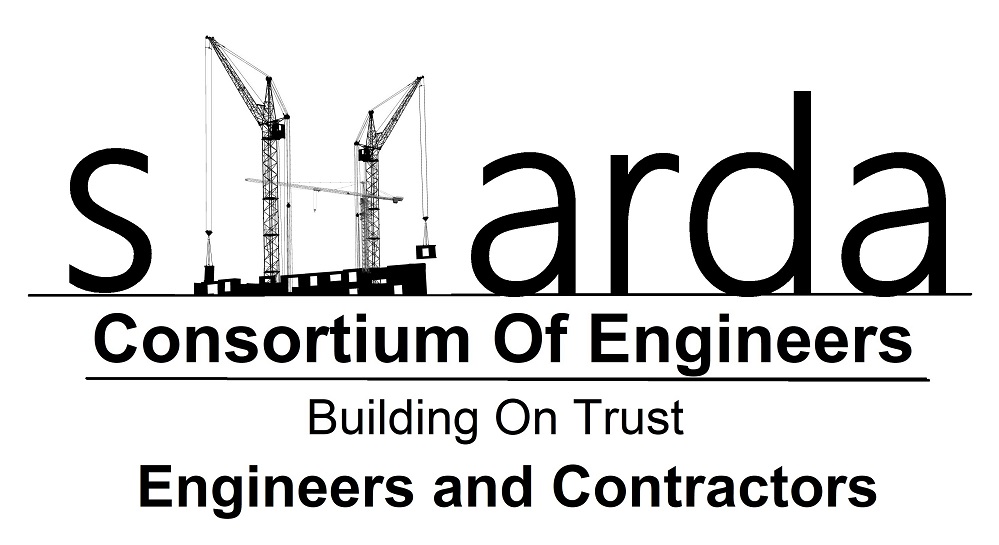Industrial Construction
Looking for INDUSTRIAL CONSTRUCTION?
There are three sectors of the construction industry that are commonly recognized.
These sectors are residential, commercial, and infrastructure.
However, each of these categories can be broken down into more categories with different rules, regulations, and planning needs.
{Check out our article What Is Heavy Civil Construction? to learn more about the differences in the construction industry.}
For example, the commercial sector can be broken down into industrial, retail, office, and multifamily.
In the article below, we will go over what is included in industrial construction.
WHAT IS INDUSTRIAL CONSTRUCTION?
Industrial construction deals with factories, power plants, warehouses, and other highly specialized facilities.
It also includes the design, installation, and maintenance of mechanical and structural components of these facilities.
The term “industrial” refers to any business that manufactures goods.
Many industrial buildings have special conveyance requirements such as 24/7 shipping and receiving, accessible nearby air or railroad transportation, or access to major highways.
The building design for an industrial facility will revolve around floor plans that promote smooth foot traffic and focus on coordinating manufacturing and distribution.
Industrial buildings are built for functionality, not style because they need to support heavy equipment that must be made to meet industryspecific regulations.
Most industrial projects go through permitting and occupancy requirements to satisfy local entities.
Commercial projects do the same, but larger industrial projects must meet permitting requirements that comply with local, state, and federal building codes.
HISTORY OF INDUSTRIAL BUILDINGS
To expand more on an industrial building, it is a factory or other large facility used to manufacture or store raw materials, goods, or services for economic purposes.
Industrial buildings in the United States date back to 1790 when Samuel Slater opened the first American textile mill.
The opening of that textile mill is often considered the start of the American Industrial Revolution.
Slater demonstrated the financial benefits of using industrial structures to increase the production of goods dramatically.
Today industrial facilities have completely transformed our way of life, and they have a market size of approximately $32 billion.

TWO TYPES OF INDUSTRIAL BUILDINGS
Warehouse and Distribution
Warehouses and distribution centers are used for the storage and transportation of goods.
These buildings are usually singlestory, and they range anywhere from 5,000 square feet to hundreds of thousands. The
ceiling is typically at least 60 feet high due to the internal shelves and storage system.
Other features of these facilities include loading docks for semi-trailers used for delivery, large garage doors, and parking spaces.
There is also a compressed air or water supply line so that the machine can function properly and realize practical aspects such as floor drainage and storage tanks.
Manufacturing
Manufacturing or heavy industry buildings consist of the capital-intensive equipment needed to produce goods and materials.
Oil, mining and shipbuilding companies are excellent examples of industries that utilize manufacturing assets. The
production building has a three-phase power supply to supply enough voltage to operate the large machines it houses.
It also features sturdy plumbing and a strong ventilation and exhaust system to eliminate harmful chemicals and smoke in the facility and generate clean air.
There is also a compressed air or water supply line so that the machine can function properly and realize practical aspects such as floor drainage and storage tanks.
How are industrial buildings different from commercial buildings?
Similar, but there are some differences between industrial and commercial construction.
Site planning is an important difference.
Commercial and industrial construction varies significantly in terms of building location, traffic patterns, lot size, and several other factors.
In commercial construction, as with retail stores, consumer access is a major concern.
Sharda Consortium focuses on special transportation requirements such as 24-hour dispatch. The design and support infrastructure of the
building is also a big difference. The commercial environment, such as the
retail space, emphasizes the smooth walking of consumers. The
industrial plant focuses on features tailored to the type of manufacturing it supports.
Industrial environment support infrastructure is designed for heavy equipment.
Management of these types of construction requires skilled project management and field craftsmen to achieve a variety of designated objectives

